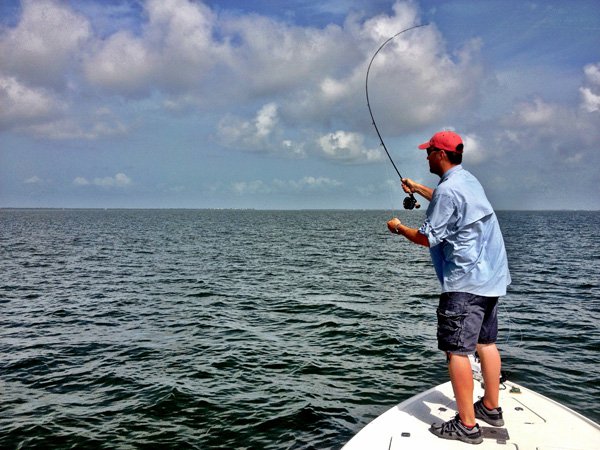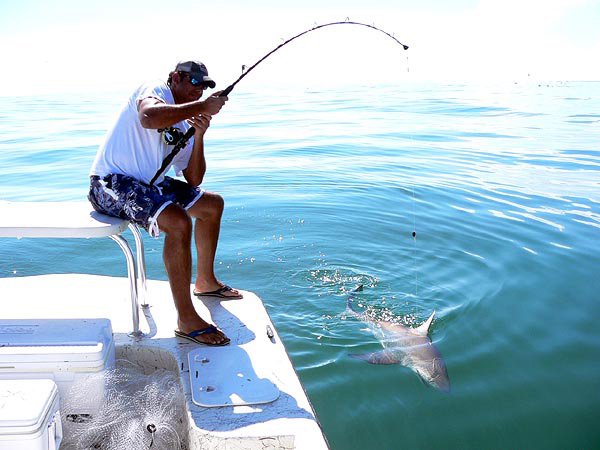
For the disabled individual swinging a golf club and hitting a golf ball can be a real challenge. But then golf is a challenge for anyone taking up the game. As an amputee golfer, I feel the most important thing to learn is to swing in balance. In other words you need to stay balanced and upright while swinging the club. This is not as easy as it sounds.
The typical disabled golfer’s physical abilities are no where near those of an able bodied player. And you can forget being able to copy the swing of a tour player. So let’s work on an individual swing for your needs. First make an honest appraisal of your abilities. Are you able to stand or sit in one position and swing a golf club? If your sight is failing, can you see the ball (do you need a sighted guide)? Do you need a special prosthetic to hold the club? Asses these needs and resolve any problems before you start learning how to swing the clubs.
Keep in mind that the object of swinging a golf club is to hit the ball squarely in the direction you want it to go. How you get this result is up to you. Watch pro golfers and you will see that they all have different ways of swinging the club. Able bodied golfers a develop swing that works for them. A disabled golfer’s swing is going to be an individual swing that works for them. So your swing is going to be unique to you. There is no perfect swing and for the most part there is no right or wrong way to hit a golf ball. As long as the ball goes where you want it to go.
As mentioned earlier you want to stay in balance. This is accomplished by swinging in a relaxed and comfortable manner. Grip the club comfortably so your hands and arms can be relaxed. Take the club back as far as you can comfortably, letting the club face open as it goes back. Keep your left arm straight as you go back and let your wrist break naturally as you come to the top of the back-swing. If you are able to make a turn of your waist and hips and shoulders great. If you can’t turn your waist, hips or shoulders due to your disability don’t worry about it.Think of the way you would go back to swing a baseball bat bringing the club back in a controlled relaxed motion.
At the top of your back-swing allow the club to stop before you start your down swing. The down swing should be smooth and in rhythm with the back-swing. Let the club face close as you sweep the ball off of the ground or tee. As you swing down be sure to get as full an extension of your arms as you can. When you strike the ball both arms should be fully extended and relaxed. This will allow your wrists to roll from open to closed and generate power for the shot.
If you are a beginner you may want to use a tee for all clubs in your practice sessions until you feel confident you can make good contact consistently. Remember these instructions are guidelines and you will need to take into account your personal disability. Think about trying to sweep the grass under the ball.
If you are able watch professional women golfers swing their clubs. They have a rhythm and smoothness that you should try to imitate. A smooth consistent swing will lead to many enjoyable rounds of golf. Remember you want to swing through the ball, don’t try to just hit it.
I encourage you to get a private lesson from a teaching pro who has experience with disabled individuals and understands your challenges.You may also want to check out the many golf lesson videos available. While they are not tailored to the disabled golfer you can use many of the principals they teach. Just remember you are going to develop your own individual golf swing and concentrate on results not style.
Colorado Fly Fishing a fun Idea for the Whole Family

5 Things Everyone Hates And Loves About Golf Staff Bags

A Day Out With Gold Coast Fishing Club

Copyright © www.mycheapnfljerseys.com Outdoor sports All Rights Reserved